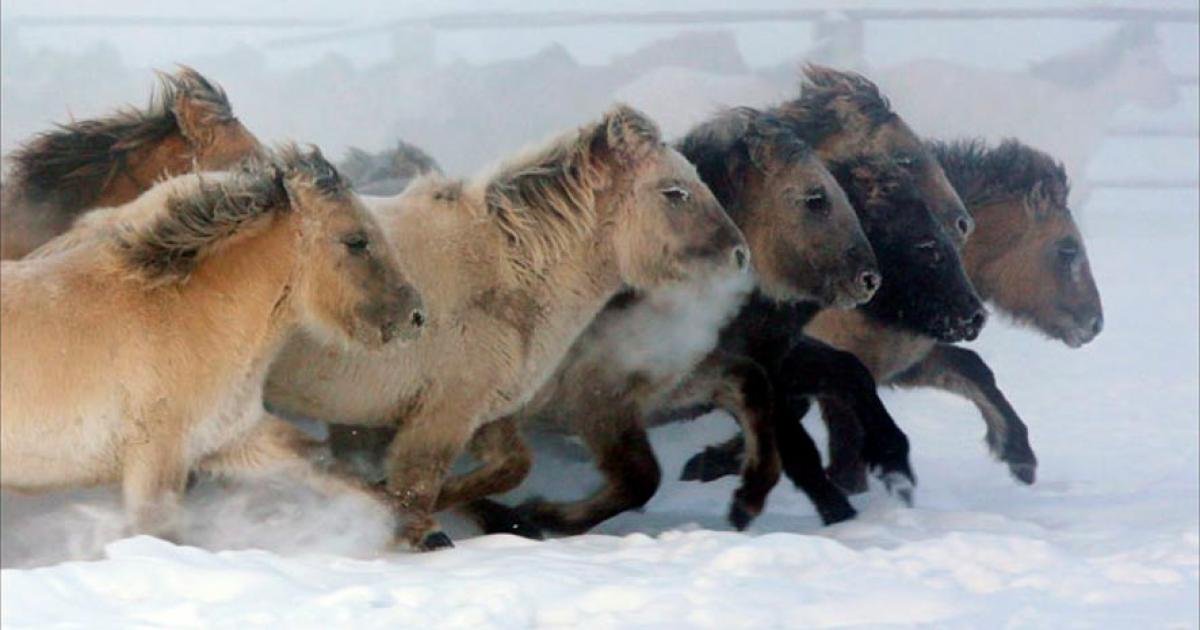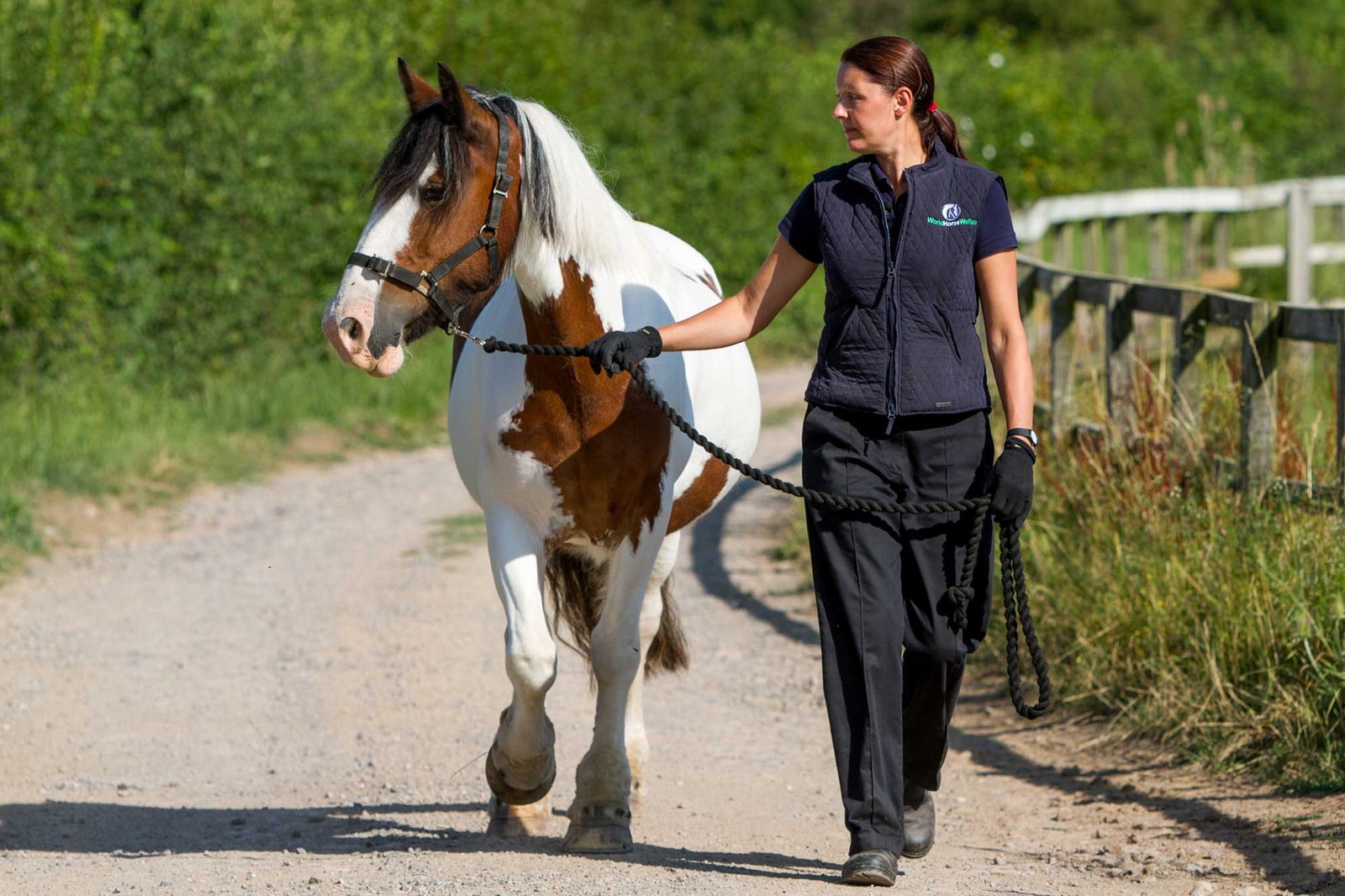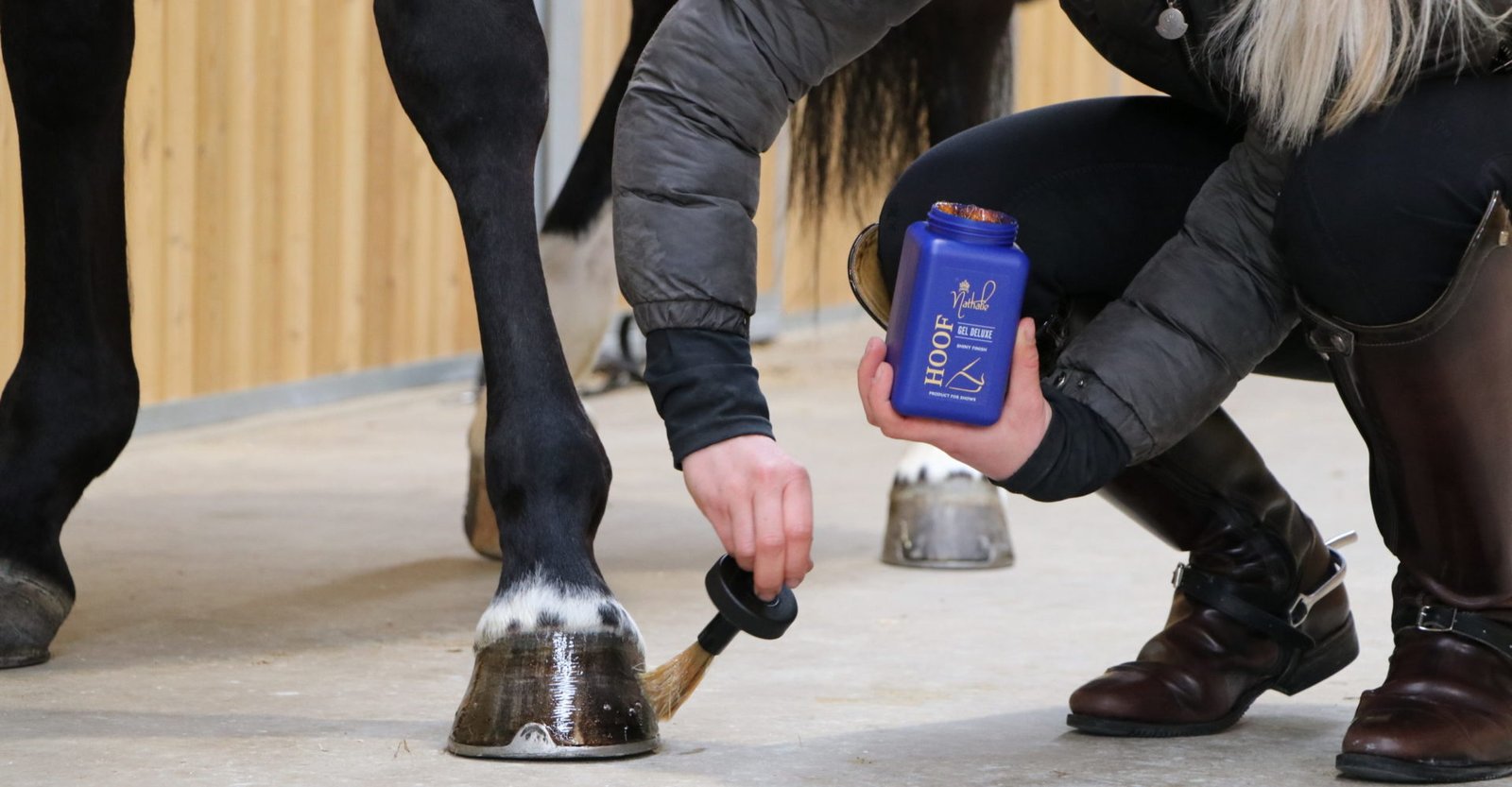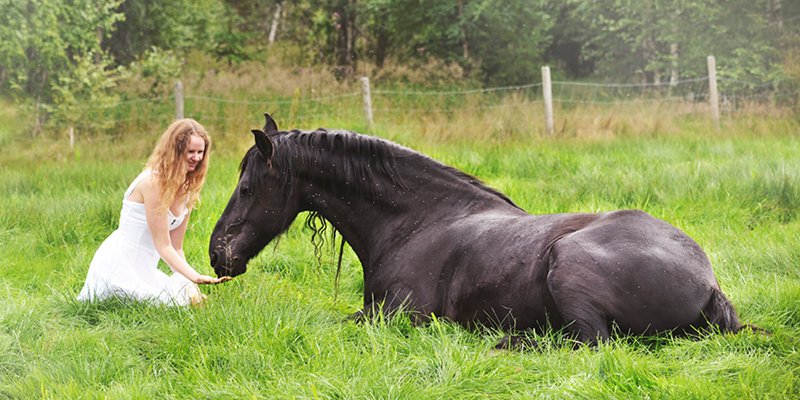Ponies are incredibly adaptable animals, capable of thriving in a variety of climates, from the chilly winds of the Scottish Highlands to the sun-soaked plains of the American Midwest. Their physical characteristics and behaviors have evolved over centuries, enabling them to survive in harsh and varying environmental conditions. Whether it’s dealing with cold, heat, or humidity, ponies are naturally built to adjust. In this post, we’ll explore how ponies adapt to different climates and what makes them so resilient.
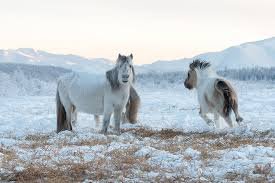
The Role of Coat Thickness in Climate Adaptation
One of the most remarkable features of ponies is their ability to grow a thick, insulating coat that helps them survive in cold climates. This thick coat acts as a natural barrier against cold temperatures, wind, and even rain. Ponies from northern regions, such as the Shetland Pony or the Icelandic Pony, are especially equipped for cold weather. Their dense double-layered coats trap air close to the skin, providing insulation while allowing them to conserve body heat.
During winter months, ponies naturally shed their lighter summer coat and grow a heavier, denser one. The woolly undercoat that develops in cold weather traps warmth, keeping the pony comfortable even in freezing temperatures. In extremely cold conditions, ponies can often tolerate temperatures far below freezing without much difficulty.
In the spring, as temperatures warm up, ponies shed this thick coat to reveal a lighter, more breathable layer. This seasonal shedding process is part of how ponies adapt to the changing climate. However, this ability to regulate coat thickness doesn’t just help them in the cold—it also assists in managing heat during warmer months.
Heat Tolerance and Cooling Mechanisms
While ponies are known for their cold-weather resilience, many breeds are also adapted to handle warmer climates. Ponies from hotter regions, such as the Welsh Pony or the Arabian Pony, have features that help them stay cool and hydrated in the heat.
Sweat and Breathing
Ponies have an efficient system for cooling down through sweat. While they don’t sweat as much as horses, their sweat is less salty, which allows them to conserve water. This is particularly helpful in hot climates where water is often scarce. When ponies sweat, the evaporation process helps regulate their body temperature.
Ponies also increase their respiratory rate to aid in cooling. In hot weather, their breathing becomes quicker and deeper, helping to expel excess heat from their bodies.
Coat Adaptation in Hot Weather
In addition to sweating and increased breathing, ponies also adapt to heat by growing a thinner, lighter coat during warmer seasons. This allows for better air circulation and heat dissipation. Some pony breeds, like the Spanish Pony or the Indian Pony, naturally have shorter coats, which make them more suited for warmer environments. These ponies are less likely to overheat compared to their thick-coated counterparts from colder regions.
Physical Build and Heat Dissipation
Ponies from warmer climates often have a more refined build, with leaner bodies and longer legs, which allows them to dissipate heat more effectively. Their smaller size compared to horses also helps them maintain a more manageable body temperature in the heat. The more compact body of ponies from colder climates helps them conserve energy and heat, but they can also adapt when necessary by shedding their heavier coats and growing a lighter one for the summer months.
Ponies from warmer regions have been selectively bred for their ability to manage the sun and heat. For example, the Paso Fino, a pony breed originating from South America, is naturally adapted to handle high heat and intense sun exposure. Their energy-efficient metabolism and lighter frame help them endure the heat while staying active.
Humidity and Rain: Natural Protection Systems
In addition to cold and heat, ponies can also adapt to humid or rainy climates. Some breeds, such as the New Forest Pony or the Exmoor Pony, are known for their ability to thrive in wet and damp environments. These ponies have waterproof coats that help protect them from rain, allowing them to maintain their body temperature even when wet.
The structure of their coats plays a critical role in this adaptability. The outer layer is water-resistant, while the undercoat traps air and insulates. This helps keep ponies warm in wet weather, even if their coats become saturated. Ponies with naturally waterproof coats can often tolerate rain without getting chilled, making them perfect for environments with high humidity or frequent rainfall.
In areas with excessive humidity, ponies also benefit from their ability to regulate body temperature through increased perspiration and faster breathing. While humidity can increase the risk of certain health conditions like fungal infections or rain rot, regular grooming and care can help manage these challenges.
Behavioral Adaptations: Grazing and Resting
Ponies also adapt to various climates by altering their behavior to conserve energy. In hot climates, ponies tend to graze during the cooler parts of the day—early morning or late evening—and rest during the hottest hours of the afternoon. This behavior minimizes their exposure to the heat of the sun and helps them avoid overheating.
In cold climates, ponies often seek shelter during extreme weather conditions, such as heavy snowstorms or biting winds. However, they still maintain their natural grazing habits, as consuming forage helps them generate internal heat. When temperatures drop, ponies tend to be more active in the early morning hours when it’s still relatively warm, while they rest during the coldest part of the day.
Conclusion
Ponies are incredibly resilient animals, capable of thriving in a wide range of climates. Whether they are enduring freezing temperatures in the Highlands or coping with intense heat in desert regions, ponies have evolved a variety of adaptations to survive and flourish. From their thick, insulating coats for cold climates to their efficient sweating and cooling mechanisms for hot weather, ponies are truly remarkable in their ability to adapt. Understanding these adaptations helps pony owners provide the best care, ensuring that these versatile animals continue to thrive no matter where they live.







